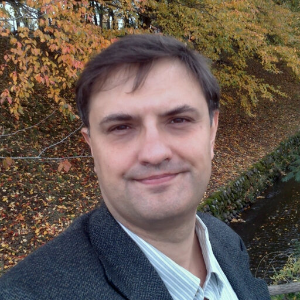Title : Real-space transfer in graphene-phosphorene heterostructures: Physics and prospective applications
Abstract:
The gapless energy spectrum and high carrier mobility in graphene (G) the flexibility of the energy spectrum in few-layer black phosphorus, i.e., phosphorene (P), the impressive advances in their technology present a new opportunity for developing different new devices on the base the G-P heterostructures.
In this work, we analyse theoretically the lateral carrier transport in these heterostructures, particularly at sufficiently strong electric fields resulting in a substantial carrier heating. We show that the carrier heating can enable effective transfer of light carriers from the G-layer to the P-layer (real-space transfer or RST), where the carrier effective masses are rather large.
We consider the application of the effect of RST in the G-P heterostructures in the field-effect transistors (FETs) with the G-P channel. In particular, we show that due to the RST in such GP-FETs the source-to-drain current can drastically drop with increasing voltage, exhibiting the negative differential conductivity (NDC). The instability of the steady-state source-drain dc current associated with the NDC might be used for generation of electromagnetic oscillations and in logical circuits.
Audience take away:
• The audience attention will be drawn to new type of interesting heterostructures based on graphene
• The heterostructures under consideration can be used for the development of novel effective electronic and optoelectronic devices.



